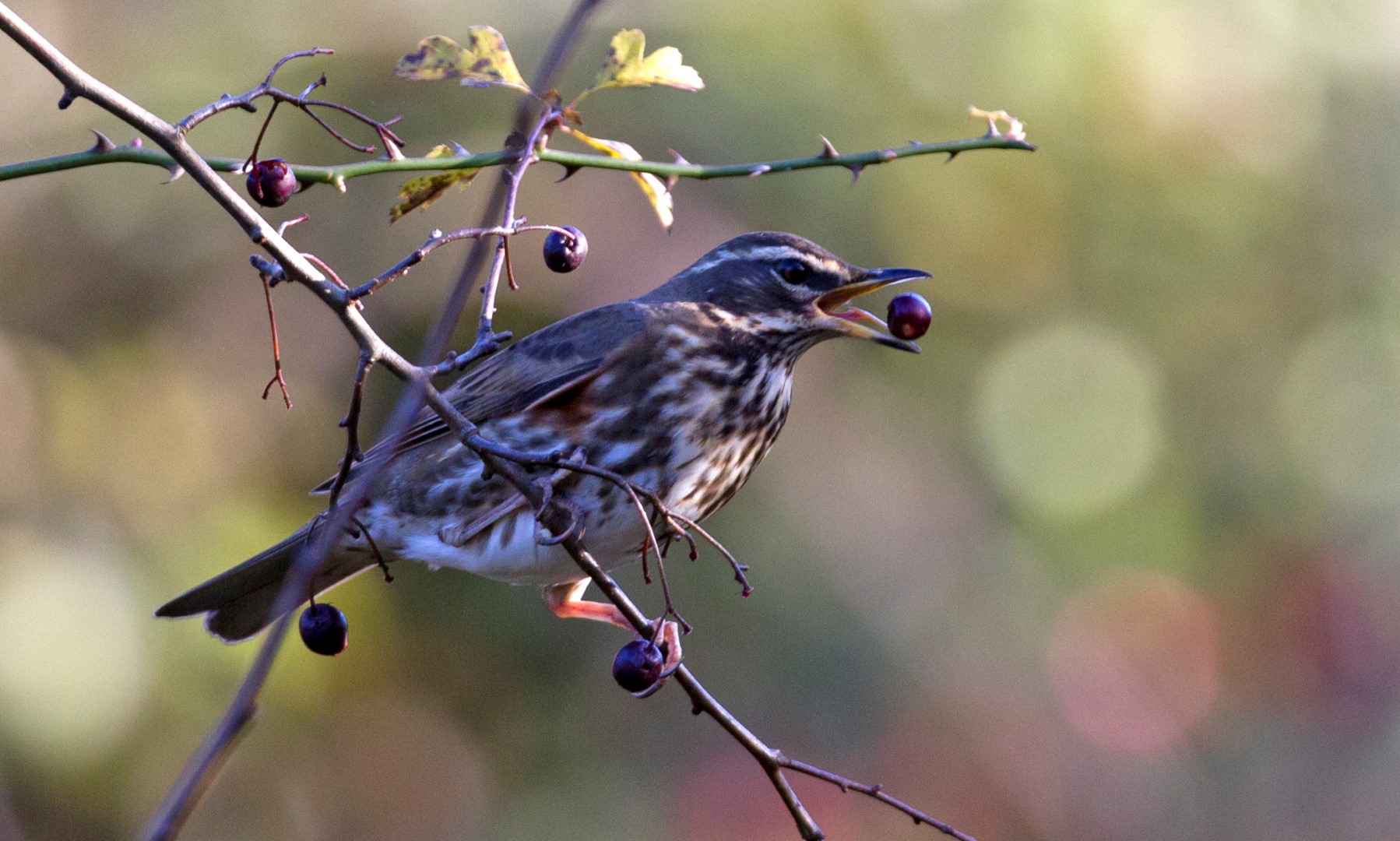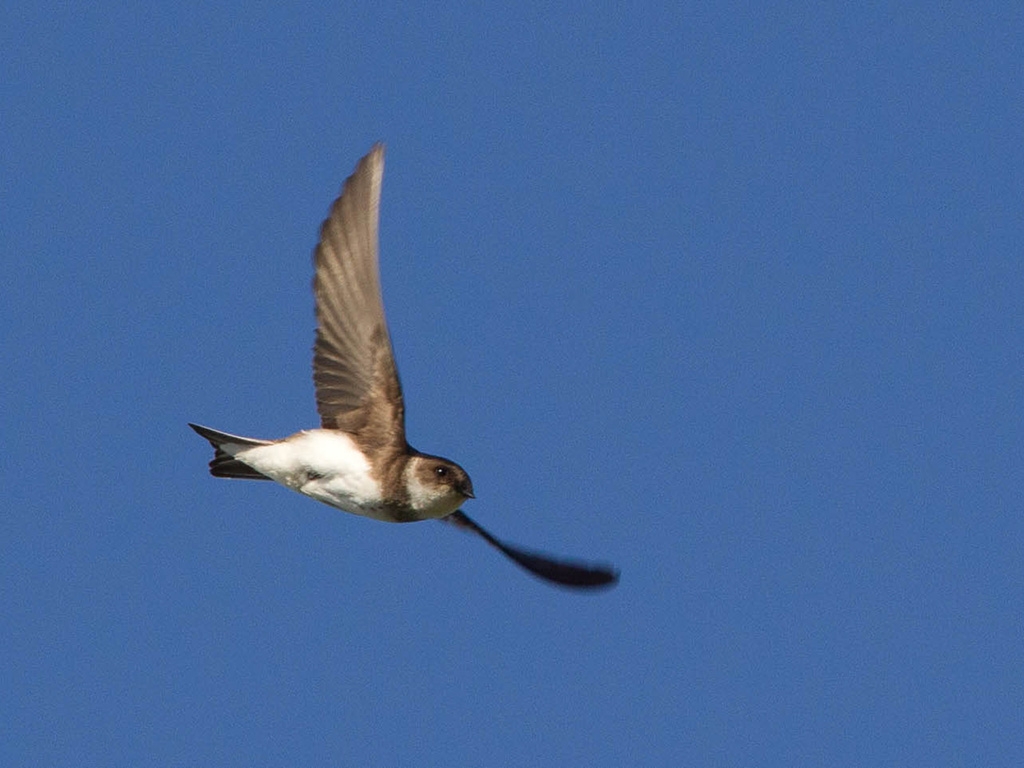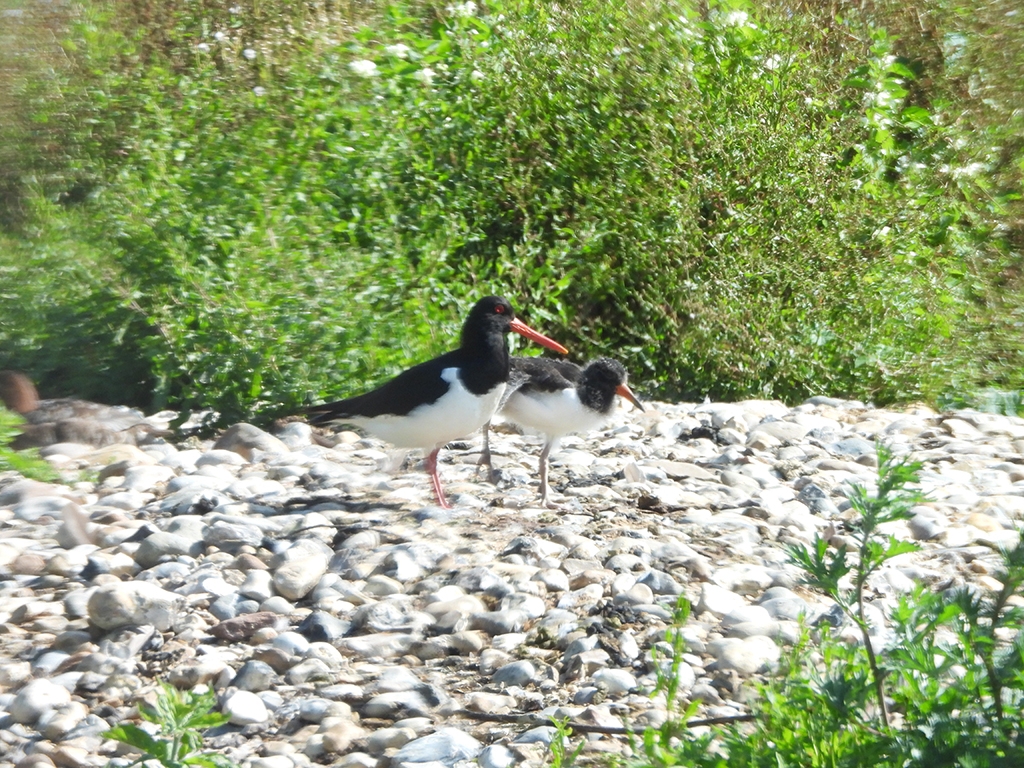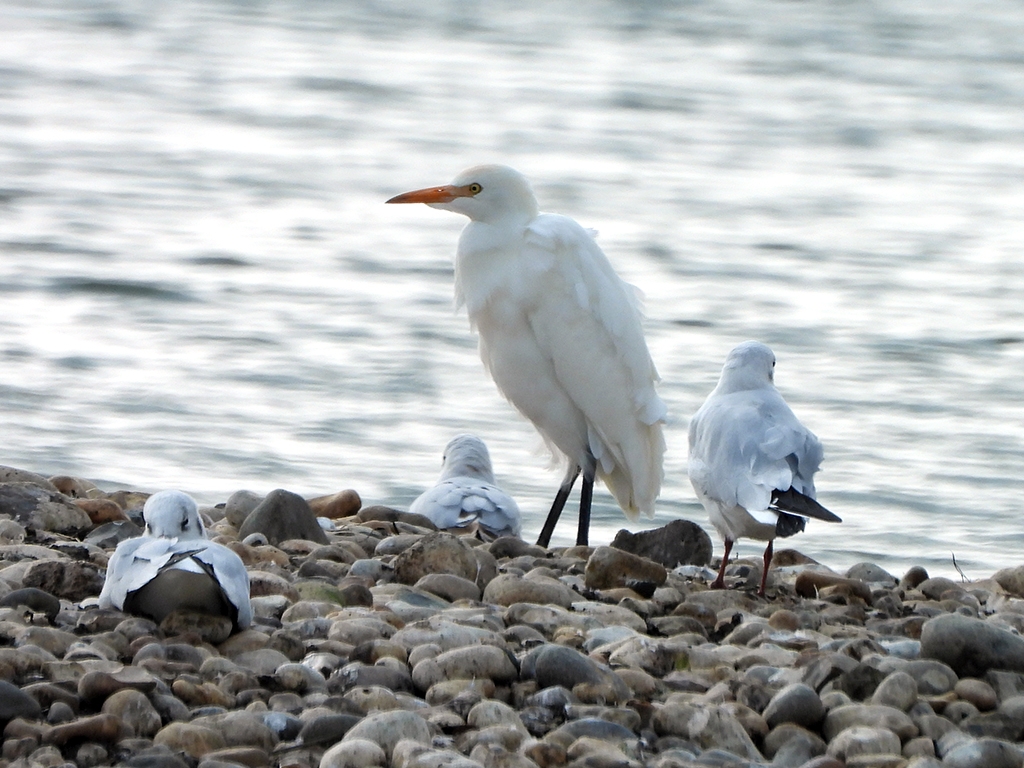Jack snipe, hawfinches & more birds of prey


We put a new roof on our Ramsar hide last week. The activity moved the kingfishers on from fishing near the hide, one of their favourite spots onsite. Instead our boat drivers reported an increase in kingfisher sightings along the channels of the Wetland Discovery area. The Ramsar hide reopened on Saturday and the kingfishers were back as well, with sightings reported on the weekend from visitors and our Guides-in-the-Hides.
Birds of prey continue to show well around Arundel Wetland Centre. The six marsh harriers are still coming in regularly to roost in the late afternoon. WWT Guide David Harper spotted two marsh harriers on Saturday morning, David also saw two peregrine in the Offham Hanger and a merlin who was trying to avoid them. Our guide James saw a sparrowhawk and a kestrel from the Ramsar hide in the afternoon. James also saw the peregrine pair back on the hangar then. This abundance of predators on the reserve means there is an abundance of prey, a sign our ecosystem is in good balance.
We had a male house sparrow on the feeders outside the office window last Wednesday. These rare on our wetland reserve, although more common up at our storage barn nearby. We had black caps and firecrest sightings as well. Red wings are still about too. Guide David reported a small group of hawfinch in the Yew trees between our car park and the land we manage opposite the Black Rabbit pub. Hawfinch have the largest strongest beaks in the UK finch family allowing them to eat larger seeds, they can even crack a cherry stone! There has been a higher influx of hawfinch in the south starting in Oct 14th when 21 hawfinch were reported near Arundel.
While checking the ‘lost reedbed’ in the far corner of the reserve on Monday with Warden Suzi Lanaway we flushed a jack snipe. I recognized it as jacksnipe as it didn’t flush until we were almost upon it, unlike common snipe which are much more skittish. The jack snipe was only in the air for a short distance before dropping down again. Common snipe take to the air and fly zig zag far away in panic. The jack snipe is a smaller, squat wader with a shorter beak than common snipe as well.



